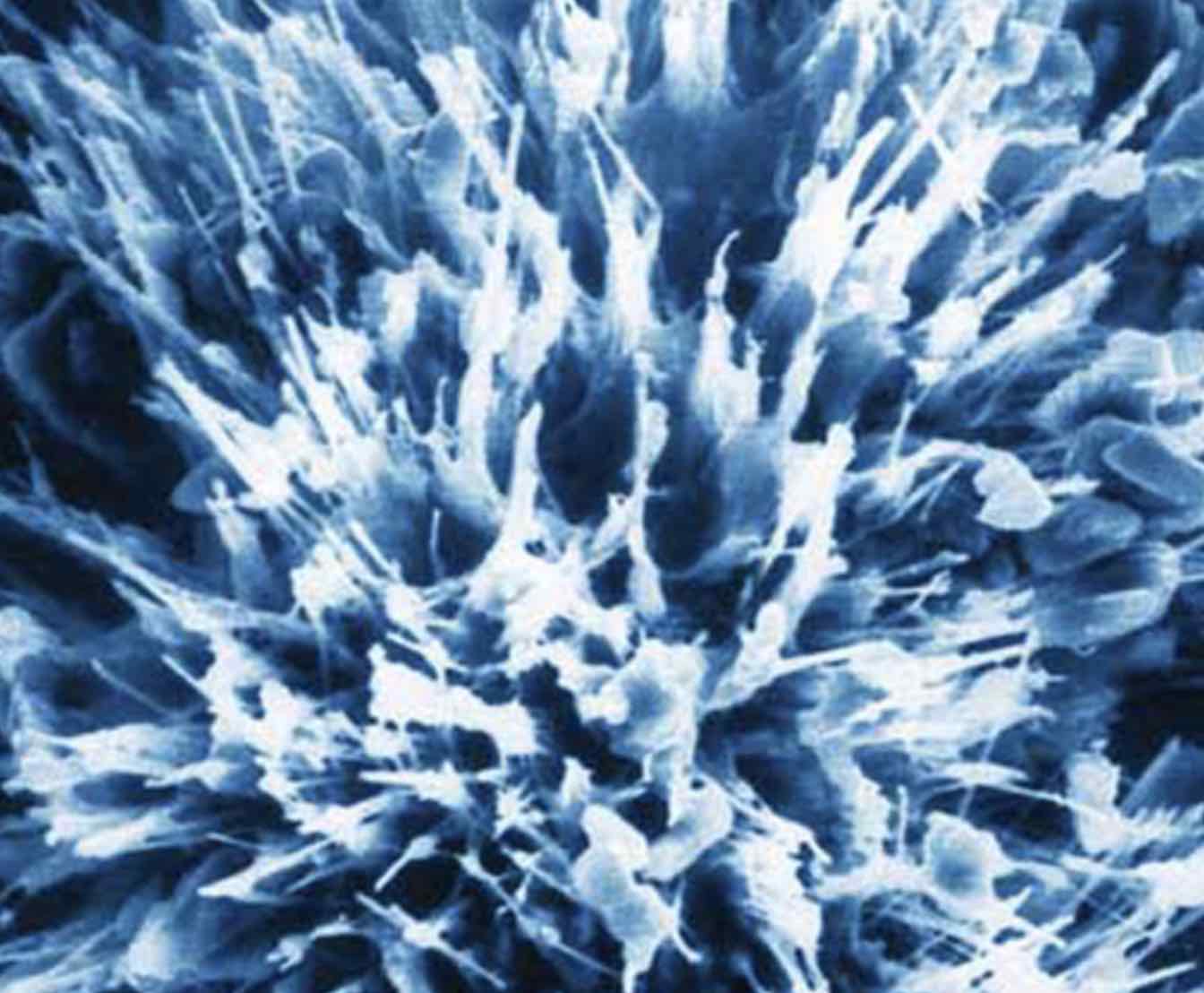
Unsightly efflorescence: What is it and how is it mitigated?
Efflorescence is the visible collection of crystalline salt on the surface of masonry and concrete and is a common phenomenon in new and old construction
- High Performance Coatings
The visible collection of crystalline salt on the surface of masonry and concrete is a common phenomenon. The fundamentals revolve around soluble salts being present in the concrete and masonry (or in the soils behind) that migrate to the surface through passageways in porous substrates, then evaporate and crystallize on the surface. The patterns of the staining often coincide with cracks or more porous materials as the salts will take the path of least resistance.
What is Efflorescence and how is it removed?
This can all start before, during, and after construction, and the efflorescence usually is exacerbated by the intrusion of water from rain and snow. Limiting water intrusion before and during construction can greatly decrease efflorescence, so cover up your masonry before construction, and also cap walls to limit ingress. Penetrations in the walls and improper flashing also create isolated areas of intrusion and subsequently efflorescence.
Invisible water repellents and coatings will reduce and sometimes eliminate water intrusion entirely, so these can be considered as long term solutions before efflorescence begins?
However, if efflorescence has occurred, and you are planning to coat your wall, the crystalline salts can be a bond breaker and should be removed prior to applying high performance coatings.
How does one remove efflorescence?
- Simple washing can sometimes remove efflorescence. Scrub with a stiff brush and mild detergent or plain water. Efflorescence is most soluble when it first appears, so sooner is better than later if you want to try this approach. Just wetting efflorescence can make the film seem to go away (it actually becomes transparent), but you'll need to apply some elbow grease to do a thorough job. Always be sure to rinse thoroughly. If you leave dissolved salts on the surface, they'll return as new efflorescence.
- Power washing also can be effective in removing surface deposits. Keep the pressure as low as you can to do the job. Too high of pressure may actually open pores in and encourage further efflorescence.
- Sandblasting is effective but should be used with care. The abrasion may damage surfaces, making the block and mortar more porous. If you choose to try sandblasting, seal the surface you're working on after you're done.
- Chemical cleaning might be needed for some cases of efflorescence. However, always soak the surface with water before using chemicals in order to keep the cleaner from penetrating into the stone and further opening pores that encourage efflorescence. If you choose this strategy, you can follow the directions of one of the proprietary cleaners on the market, or you can use diluted muriatic acid, citric acid or vinegar. After cleaning, neutralize the acid with a baking soda solution and finish by washing the surface thoroughly with water.
Contact us at High Performance Coatings for further guidance in the proper removal of contaminants and bond breakers from various substrates, and to learn about water repellents and coatings to protect your building facades.
LET OUR KNOWLEDGE AND EXPERTISE HELP ENSURE YOUR NEXT PROJECT IS SUCCESSFUL
Check out these other resources:
All Elastomeric Coatings Aren't Equal
What Considerations Should an Architect Make When Specifying HPCs
What is the Role of High Performance Coatings in Restoration

What Should be Considered Before Coating Concrete...
Before coating concrete floors, there are several...

Maximizing Maritime Efficiency by controlling...
Explore how anti-condensation coatings are...

The Use of Crystalline Waterproofing Additives in...
The Use of Crystalline Waterproofing Additives...